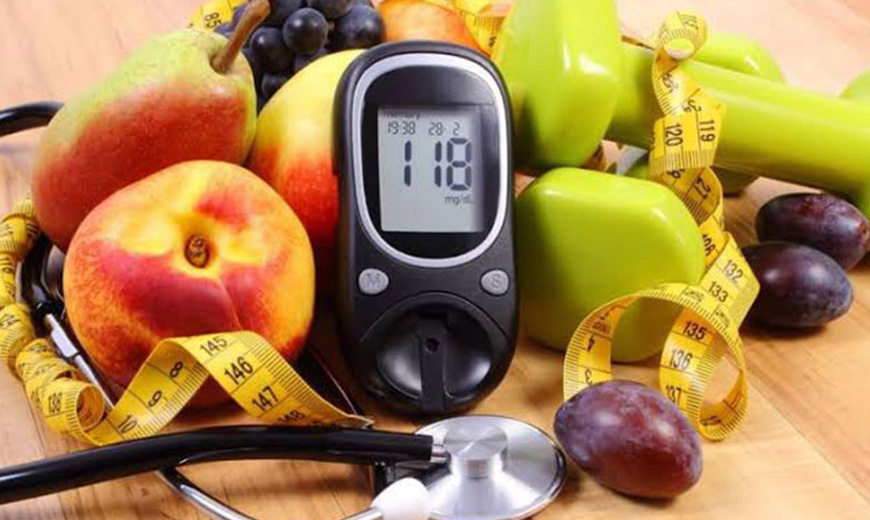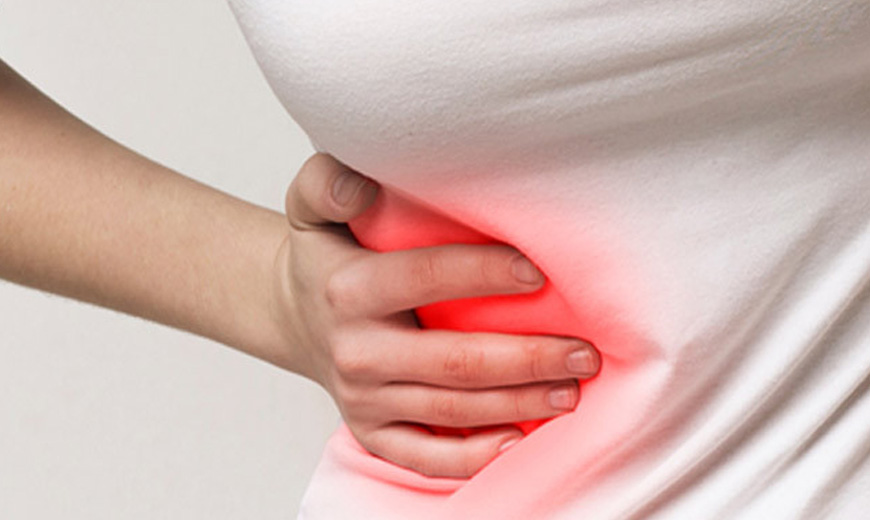Terra Pharmaceuticals

What is diabetes?
Diabetes is a disorder of metabolism -- the way our bodies use digested food for growth and energy. Most of the food we eat is broken down into glucose, the form of sugar in the blood. Glucose is the main source of fuel for the body.
After digestion, glucose passes into the bloodstream, where it is used by cells for growth and energy. For glucose to get into cells, insulinmust be present. Insulin is a hormone produced by the pancreas, a large gland behind the stomach.
When we eat, the pancreas automatically produces the right amount ofinsulin to move glucose from blood into our cells. In people with diabetes, however, the pancreas either produces little or no insulin, or the cells do not respond appropriately to the insulin that is produced. Glucose builds up in the blood, overflows into the urine, and passes out of the body. Thus, the body loses its main source of fuel even though the blood contains large amounts of sugar.
What are the types of diabetes?
The three main types of diabetes are
· type 1 diabetes
· type 2 diabetes
Type 1 Diabetes
Type 1 diabetes is an autoimmune disease. An autoimmune disease results when the body's system for fighting infection (the immune system) turns against a part of the body. In diabetes, the immune system attacks the insulin-producing beta cells in the pancreas and destroys them. The pancreas then produces little or no insulin. A person who has type 1 diabetes must take insulin daily to live.
Type 2 Diabetes?
Type 2 diabetes, is the most common form of diabetes. Unlike people with type 1 diabetes, the bodies of people with type 2 diabetes make insulin. But either their pancreas does not make enough insulin or the body cannot use the insulin well enough. This is called insulin resistance. When there isn't enough insulin or the insulin is not used as it should be, glucose (sugar) can't get into the body's cells. When glucose builds up in the blood instead of going into cells, the body's cells are not able to function properly. Other problems associated with the buildup of glucose in the blood include:
· Damage to the body. Over time, the high glucose levels in the blood can damage the nerves and small blood vessels of the eyes, kidneys, and heart and lead to atherosclerosis, or hardening of the arteriesthat can cause heart attack and stroke.
· Dehydration. The buildup of sugar in the blood can cause an increase in urination, causing dehydration.
· Diabetic coma (hyperosmolar nonketotic diabetic coma). When a person with type 2 diabetes becomes very ill or severely dehydrated and is not able to drink enough fluids to make up for the fluid losses, they may develop this life-threatening complication.
Who Gets Type 2 Diabetes?
Anyone can get type 2 diabetes. But those at highest risk for the disease are those who:
· Are over 45
· Are obese or overweight
· Have had gestational diabetes
· Have family members who have type 2 diabetes
· Have prediabetes
· Don't exercise
· Have low HDL cholesterol or high triglycerides
· Have high blood pressure
What Are the Symptoms of Type 2 Diabetes?
Very often, people with type 2 diabetes will have no symptoms. Whensymptoms of type 2 diabetes happen, they vary from person to person and include:
· Increased thirst
· Increased hunger (especially after eating)
· Dry mouth
· Nausea and sometimes vomiting
· Increased urination
· Fatigue (weak, tired feeling)
· Blurred vision
· Numbness or tingling of the hands or feet
· Frequent infections of the skin, urinary tract, or vagina
· Sores that are slow to heal
Rarely, a person may be diagnosed with type 2 diabetes after falling into a diabetic coma.
How Is Type 2 Diabetes Diagnosed?
To diagnose type 2 diabetes, your doctor will first check for abnormalities in your blood (high blood glucose level) during a random fasting blood test or through a screening test known as the 2-hour glucose tolerance test. Or you may get a blood test called a hemoglobin A1c that shows your average blood sugar for the past 2 to 3 months. Also, he or she may look for glucose or ketones in your urine.
· A fasting plasma glucose (FPG) level of 126 mg/dL (7.0 mmol/L) or higher, or
· A 2-hour plasma glucose level of 200 mg/dL (11.1 mmol/L) or higher during a 75-g oral glucose tolerance test (OGTT), or
· A random plasma glucose of 200 mg/dL (11.1 mmol/L) or higher in a patient with classic symptoms of hyperglycemia or hyperglycemic crisis
Hemoglobin A1c (HbA1c) level of 6.5% or higher
Indications for diabetes screening in asymptomatic adults includes the following[3, 4]:
· Sustained blood pressure >135/80 mm Hg
· Overweight and 1 or more other risk factors for diabetes (eg, first-degree relative with diabetes, BP >140/90 mm Hg, and HDL < 35 mg/dL and/or triglyceride level >250 mg/dL)
· ADA recommends screening at age 45 years in the absence of the above criteria
Management
Goals of treatment are as follows:
· Microvascular (ie, eye and kidney disease) risk reduction through control of glycemia and blood pressure
· Macrovascular (ie, coronary, cerebrovascular, peripheral vascular) risk reduction through control of lipids and hypertension, smoking cessation
· Metabolic and neurologic risk reduction through control of glycemia
7 key points:
Individualized glycemic targets and glucose-lowering therapies
Diet, exercise, and education as the foundation of the treatment program
Use of first-line drug unless contraindicated
After first line drug the use of 1 or 2 additional oral or injectable agents, with a goal of minimizing adverse effects if possible
Ultimately, insulin therapy alone or with other agents if needed to maintain blood glucose control
Where possible, all treatment decisions should involve the patient, with a focus on patient preferences, needs, and values
A major focus on comprehensive cardiovascular risk reduction
References: 1.http://www.medscape.com/
2.http://www.webmd.com/




